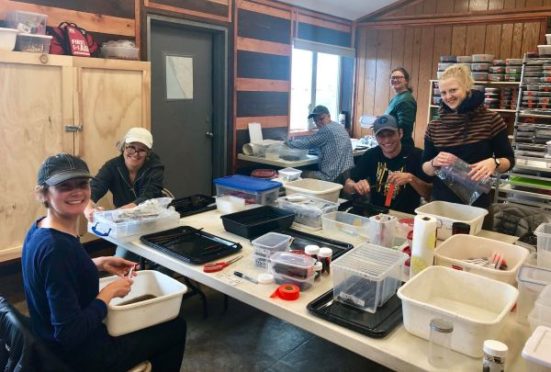After spending more than a decade carrying out extensive excavations in the Alaska tundra, a team of north-east scientists have preserved their findings so they can be used to teach the next generation.
Aberdeen University researchers in the south-western city of Quinhagak have been working with locals to “painstakingly” recover everyday objects once used by the indigenous Yup’ik people who lived there hundreds of years ago.
Their efforts have been a race against time, with melting ice and winter storms gradually reclaiming the archaeological site.
They have now turned the story of the project – and the 100,000 items recovered along the way – into an educational resource to teach pupils in Alaska, and across the world, about this historic community.
Charlotta Hillerdal, an Aberdeen University lecturer involved in the project, said: “Nunalleq: Stories From The Village Of Our Ancestors invites children to explore the different stories revealed by the archaeological excavation, and brings together narratives from archaeologists, Yup’ik Elders, young people from the local community, and Alaska Native artists.
“It creatively unites science and history with traditional Yup’ik ways of knowing and contemporary oral storytelling.”
She added: “This resource will help not only Yup’ik children to learn about their past but can be downloaded by teachers around the world.
“This region is hugely significant in terms of climate change so there is much that can be learned about the future here as well as the past.”
